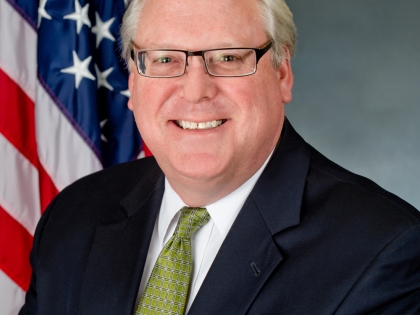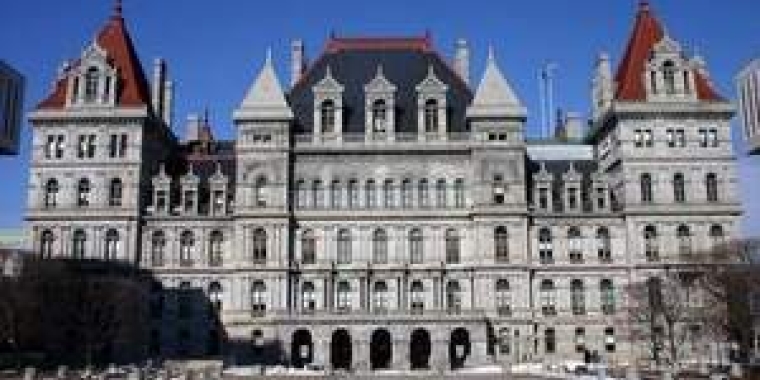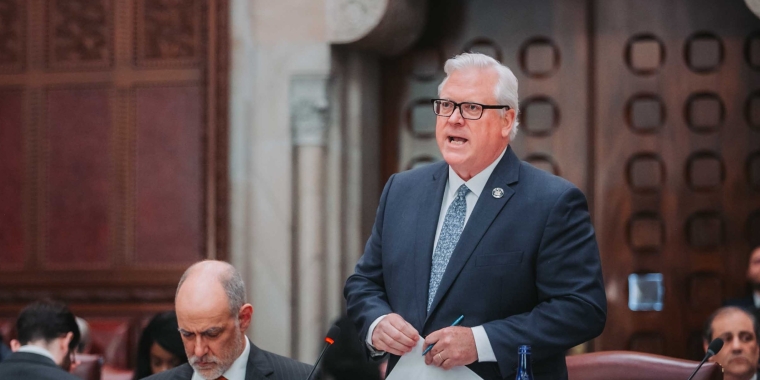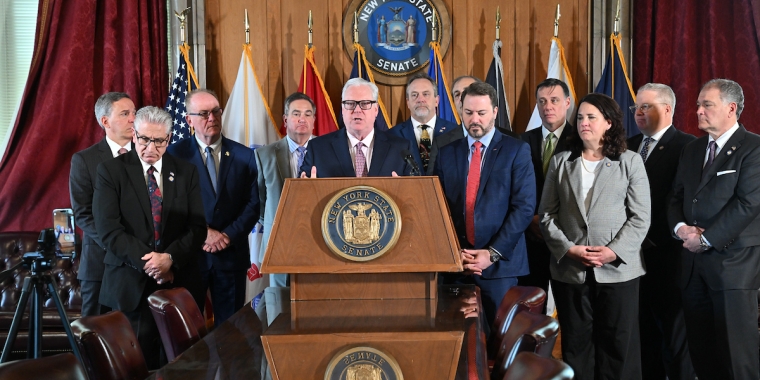
The 2011 session concludes, but legislative work goes on

The start of summer has so far been a season of victory laps for the Cuomo administration. In the wake of a 2011 legislative session that’s received many positive reviews, the governor and key members of his cabinet have been out and about across New York State touting this year’s achievements.
Fair enough, for now. I’ve read upbeat reviews of this year’s session from statewide advocates representing business and industry, the environment, and good government, to name a few, who have welcomed this year’s successes from ethics reform to green jobs to property tax relief. To say the least, it’s been an uncommon round of applause by Albany standards.
But there’s just no denying that this year’s session produced action which, probably more than anything else, sets it apart from so many other sessions. What’s the single word that’s been most associated with Albany over the past decade? Dysfunction. That changed this year.
Here’s another change. For as long as I can recall, the end of the annual legislative session meant that Albany would be left a largely forgotten place in the public’s mind. The Capitol produced very few post-session headlines. Not this year. As I said on the floor of the Senate on the last night of the 2011 session, even with all we did there’s a long ways to go, first and foremost in the area of mandate relief. Which means there’s plenty for all of us – and I do mean all of us -- to keep working on. I’ll start with these three:
1.) Medicaid. Let’s not forget that one of the session’s significant actions – maybe the most significant – was the creation of a Medicaid Redesign Team (MRT) that produced the recommendations contained in the 2011-2012 state budget and remains at work on more long-term reforms. The MRT website (http://governor.ny.gov/medicaidredesign) allows all of us to stay updated on the team’s work and, most importantly, it provides yet another place for public input. Area taxpayers, local leaders, health care professionals and anyone else can provide direct input to the MRT. From the website’s home page, just click on the “Help Redesign Medicaid in New York” box at the top of the left-hand column. You can also review suggestions that have already been submitted;
2.) Mandate relief. Governor Cuomo has also established a Mandate Relief Redesign Team that remains at work. You can stay up to date on this effort through the team’s website (http://www.governor.ny.gov/mandaterelief), where you can also share your own ideas and suggestions. Additonally, this year’s property tax cap legislation puts in place a Mandate Relief Council to ensure a long-term commitment to this challenge; and
3.) State spending. The new state budget created the Spending and Government Efficiency Commission, commonly known as the SAGE Commission. The SAGE Commission is charged with leading the first major overhaul of the state bureaucracy since the late 1920’s. My suspicion is that what we’re going to hear from this commission in the coming months will be especially eye-opening. Once again, the public can participate. The SAGE website (www.governor.ny.gov/sage) is aimed at collecting the public’s suggestions for improving the efficiency of government services. To provide input, click on the “Submit a Suggestion” link on the home page.
So maybe the best, and most hopeful, final few words on the just-concluded legislative session are these: stay tuned.



